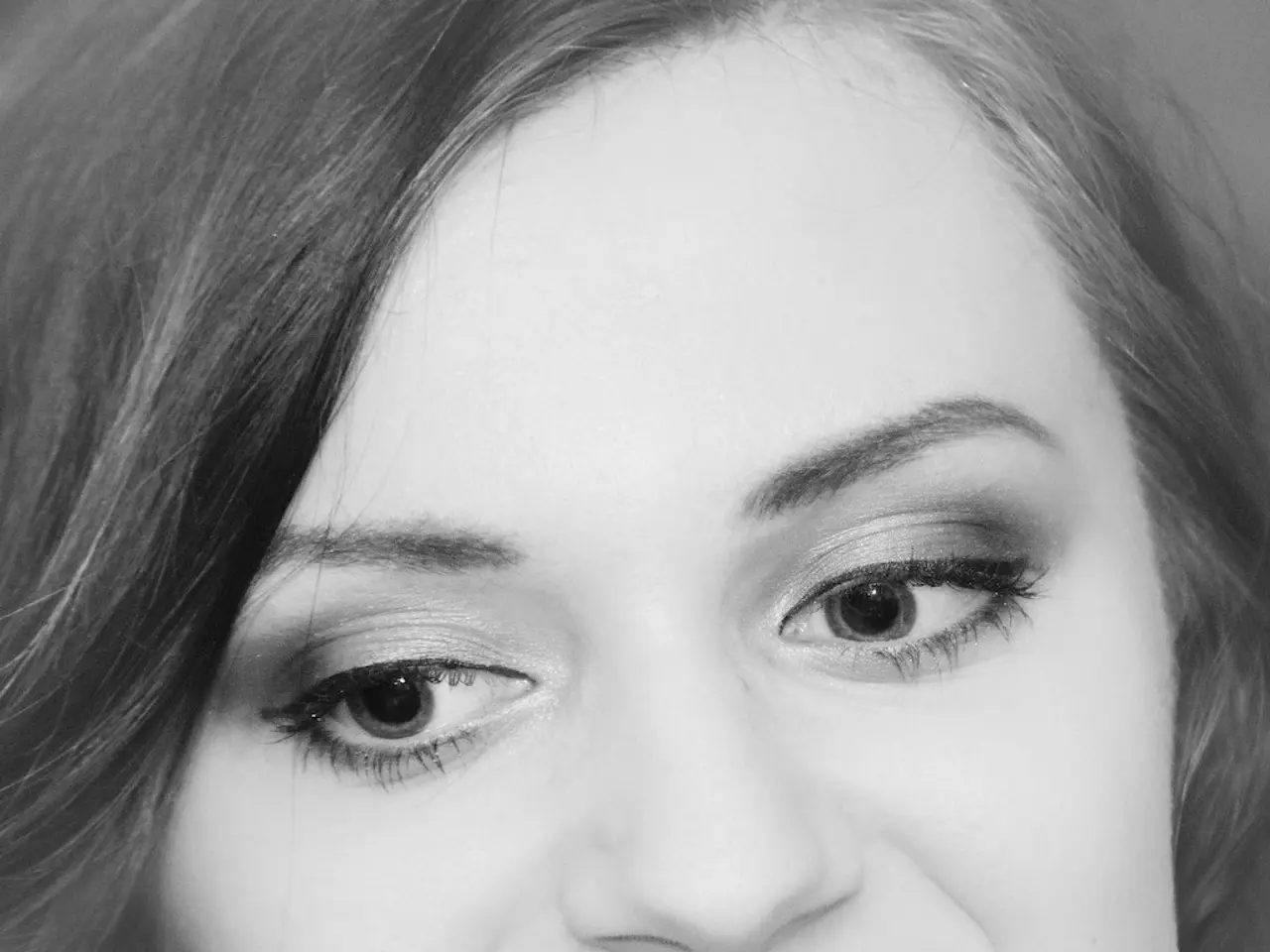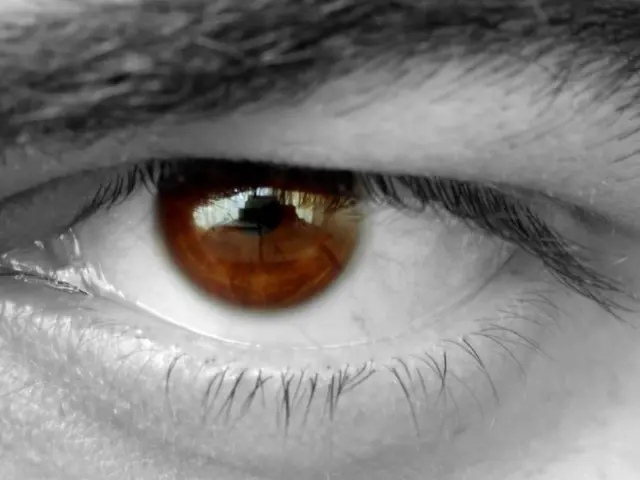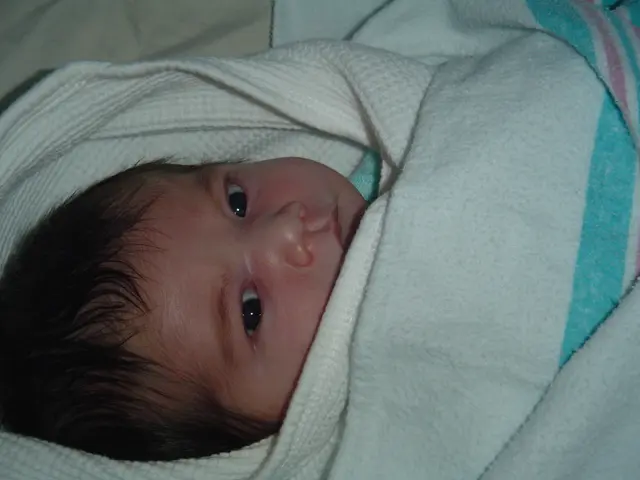Utilizing machine learning to discern Saudi children exhibiting signs of autism based on eye-movement data analysis
In a groundbreaking study, researchers in Arabic nations have focused on understanding gaze patterns associated with Autism Spectrum Disorder (ASD). The study, which involved 104 participants, included 41 neurotypical individuals and 63 individuals diagnosed with ASD.
Participants were presented with visual stimuli of cartoon faces of humans and animals in a controlled environment. The eye movements of the participants were recorded and analyzed, extracting metrics such as time to first fixation and dwell time.
The study's results suggest potential eye-tracking biomarkers for autism. Interestingly, no significant difference was found in the time spent on incongruent objects during joint attention tasks between the autistic and control groups. However, autistic individuals displayed slower response times and shorter dwell times on congruent objects, indicating diminished reflexive joint attention.
One intriguing finding was that autistic individuals showed reduced left visual field (LVF) bias, focusing less on the left side of both human and animal faces. This could be a significant indicator for ASD diagnosis.
The study also found no significant difference in the dwell time on human or animal eyes between the autistic and control groups.
To further explore the potential of these biomarkers, the data was used to train machine learning classification algorithms. The best-performing algorithm was the random forest one, achieving accuracy = 0.76 ± 0.08, precision = 0.78 ± 0.13, recall = 0.84 ± 0.07, and F1 = 0.80 ± 0.09.
The research utilizes eye-tracking technology to analyze joint attention (JA) and atypical gaze patterns during face perception. The study's findings indicate a promising direction for further exploration in the under-researched geographical context of Arabic nations.
This study not only contributes to the global understanding of ASD but also opens up new avenues for non-invasive, objective, and culturally sensitive diagnostic tools in the Arabic world.







